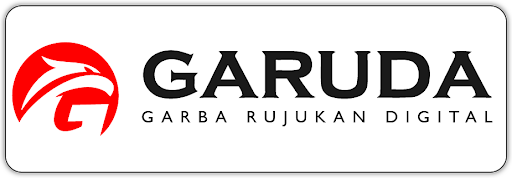Achievement of Mathematics Teachers on Production of Computer Based Software Package for Teaching And Learning of Mathematics
DOI:
https://doi.org/10.24090/ijrme.v1i2.9233Keywords:
Mathematics teachers, Computer-Based software Package Production, Training, AchievementAbstract
The research was carried out to determine the achievement of mathematics teachers in the production of computer-based software packages for teaching and learning mathematics. Fifty (50) mathematics teachers of which twenty (20) were from primary schools, fifteen (15) from secondary schools and fifteen (15) were lecturers from, tertiary institutions, were selected for this study. They were trained on computer-based software package production for twenty-one (21) days and rated. The result of the analysis using ANOVA and t-test at 0.05 level of significance, shows that there was no significant difference in achievement of the teacher in computer-based software package production. Primary school teachers had mean achievement score of 73%, secondary 72%, lecturers 75%. Male had 75.6%, female 71.5%, t-ratio showed no gender difference at 0.05 level of significance. It is recommended that computer-based software production by teacher should be encouraged.References
Benitex, I. P (2016). Development of Computer-Based Training to Supplement Lessons in Fundamentals of Electronics, Asia Pacific Journal of Multidisciplinary Research 4(2)122 -129
Chen, J. W. and Shen C. W. (1989). Components for Institutional Software Development. Educational Technology. 29(9)9-5
Garba, M. Umar, Z., and Hu S. (2010). Development of Computer-Based Learning System for Teaching and Assessing Mathematics. International Journal of Natural and Applied Sciences 6(2) 196 – 205
Ingram, A. (1985). Computer-Based Instrction: Method and Development Journal of Instructional Development 5(2) 95-103
Michael, J. P, and Igenewari, S. (2022). Assessment of Computer-Based Instruction (CBI) Techniques in Teaching of Computer Studies in Rivers State Senior Secondary Schools. International Journal of Scientific and Research Publication. 2(2)376-385.
Pappas, C. (2014). Institutional Design Models and Theories: Computer-Based Instructional Theory. http://www.elearning.industry.com 13/06/2023
Rohmah, F. N. (2019). Developing Computer-Based Instructional Media for English Speaking Skill at Senior High School. Journal of English Teaching. 5(9)63-76.
Rosenthal, L. (1976). Model for Implementation for Computer-Based Instructional System. Educational Technology 16(2)13-22.
Rouse, M. (2022). What Does Computer-Based Learning Mean? Technopedia. https//www.technopedia.com 12/06/2020
Ruliah, Zn, S., Muchtar, H. (2019). The Computer Assisted Instruction Model Based on Combination of Tutorial Model and Drill and Practice model in the Instructional design Based Systems in Information Technology Colleges. Universal Journal of Educational Research. 7(9A) 117-124.
Van. M., Jeroen J. G. and Martens, R. L. (2002). Computer-Based Tools for Instructional Design. An introduction to special issue. Educational Technology Research and Development. 50(4)5-9.
Downloads
Published
Issue
Section
License
Copyright (c) 2023 Udobia Elijah Etukudo

This work is licensed under a Creative Commons Attribution-ShareAlike 4.0 International License.
Authors who publish with this journal agree to the following terms:
Authors retain copyright and grant the journal right of first publication with the work simultaneously licensed under a Creative CommonsAttribution-ShareAlike License that allows others to share the work with an acknowledgment of the work's authorship and initial publication in this journal.
Authors are able to enter into separate, additional contractual arrangements for the non-exclusive distribution of the journal's published version of the work (e.g., post it to an institutional repository or publish it in a book), with an acknowledgment of its initial publication in this journal.
Authors are permitted and encouraged to post their work online (e.g., in institutional repositories or on their website) prior to and during the submission process, as it can lead to productive exchanges, as well as earlier and greater citation of published work (See The Effect of Open Access).





